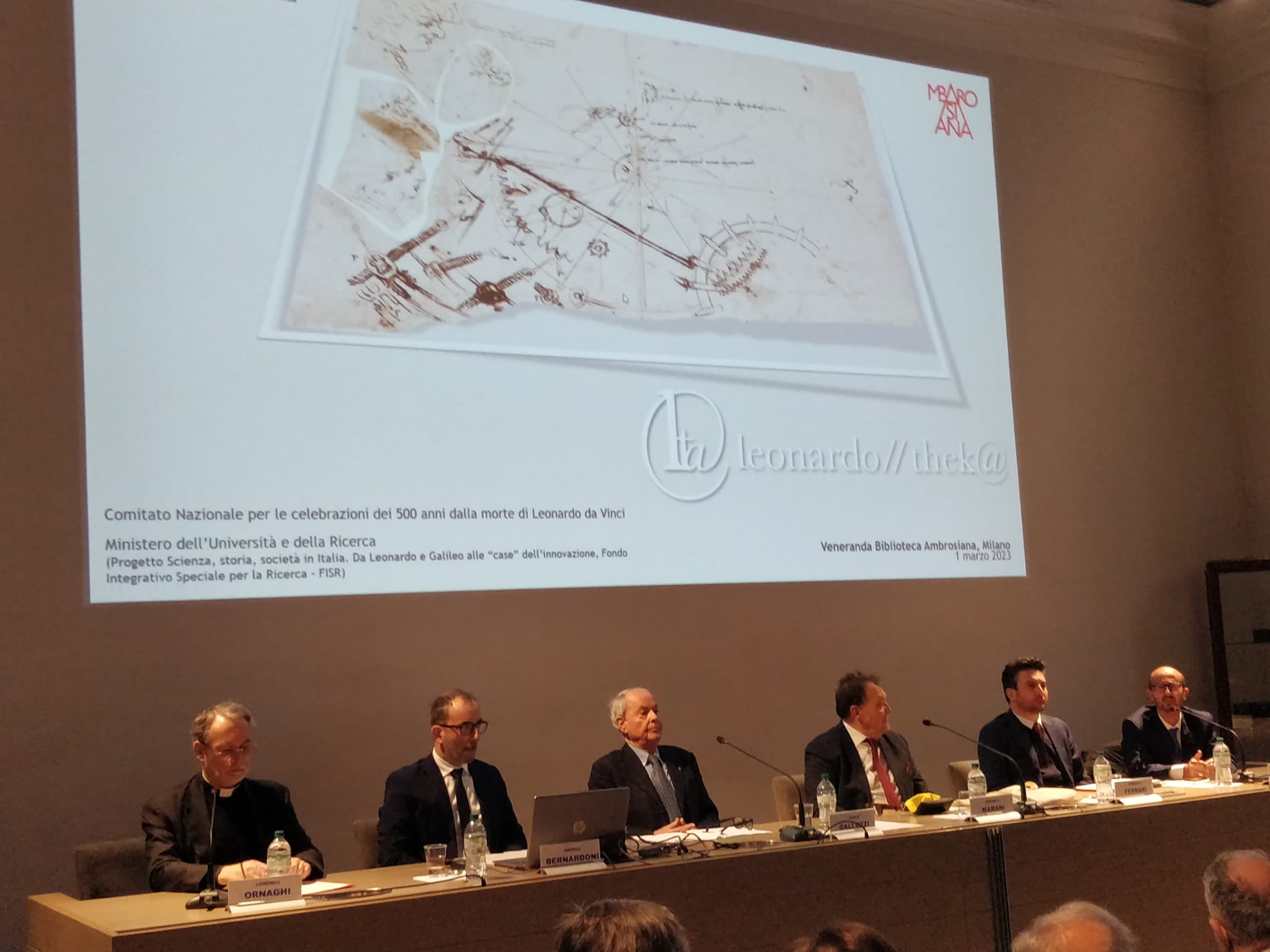Museo Galileo launches digital platform of Leonardo Da Vinci

The Museo Galileo in Florence has developed an advanced digital library Leonardo//thek@ which showcases Leonardo Da Vinci’s recomposed works and manuscripts from the Codex Atlanticus, the largest collection of the artist’s papers. The digital platform is now online on the website of the Museo Galileo where visitors can easily consult Da Vinci’s recorded thoughts and memos, expense notes, drawings of machines and technical solutions, reflections on natural phenomena, sketches of faces and landscapes, evocations of personal facts, drafts of indexes of ambitious treatises that he planned to write, and more.
Under the direction of science historian Paolo Galluzzi (former director of the Galileo Museum between 1982-2021), the operation was coordinated by Andrea Bernardoni, a researcher at the University of L’Aquila. Galluzzi says the digital platform is the “result of the joint work of researchers, archivists, librarians, linguists, and computer scientists”. The project was made possible thanks to the support of the National Committee for the celebration of the 500th anniversary of the birth of Leonardo da Vinci and the contribution of the Ministry of University and Research, drawing on the resources of the Special Supplementary Fund for Research (FISR).
Leonardo//thek@ makes it extremely easy to consult the pages of the Codex Atlanticus. The consultation interface allows to access, with multiple interrogation methods, the textual and graphic contents of the Vincian codes, to order them in the compilation sequence, to select them by thematic, paleographic and biographical affinities.
This new web platform is a democratic tool, not only because it makes Leonardo’s manuscripts accessible, but because it also makes available to scholars and enthusiasts an entire digital library on Leonardo and a powerful advanced search tool. Developing the bibliography of the artist is proceeding slowly since the indexing of contents of manuscripts cannot be automated.
Bernardoni describes the most prevalent technical difficulty the database faces is entry and control of data and their relationships. She says “Leonardo’s manuscripts are complex because they do not have uniform numbering, which also varied over time; the contents are asystematic and do not respect a chronological sequence. Furthermore, as in the case of the Codex Atlanticus and the Windsor manuscripts, these are albums made up of loose sheets and the dismemberment of the original notebooks. Even the mere insertion of references to the critical literature before and after the restoration of the Codex implies the management of two different types of numbering”. The platform also must advance with necessary care to guarantee reliable results.
-Elli Klauda
